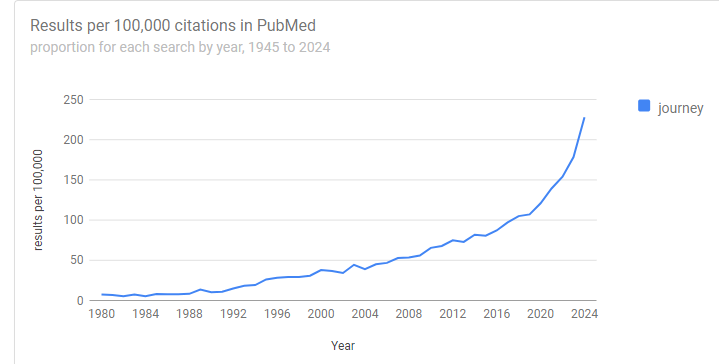Graphic Contexts Determine Characters' Functions
[This is a guest post by J. Marshall Unger.]
I do not believe it is useful, let alone necessary, to classify every character of a writing system as a phonogram, logogram, syllabogram, logosyllabogram, or any other kind of “gram.” Characters function logographically or phonographically depending on the degree to which they reflect the phonological, as opposed to the lexical, structure of the part of an utterance they are used to represent. One and the same character can function phonographically in one context, logographically in another, and in both ways in yet another. This is a consequence of what Martinet called the double articulation of language, i.e. Hockett’s duality of patterning or Hjemslev’s plereme/ceneme distinction. One may say for convenience that a character that functions logographically in a particular context is a logogram, but to the extent that doing so invites the unwary to think that logograms enjoy some sort of context-free existence in a Platonic universe of symbols, it is a bad idea.
Read the rest of this entry »




